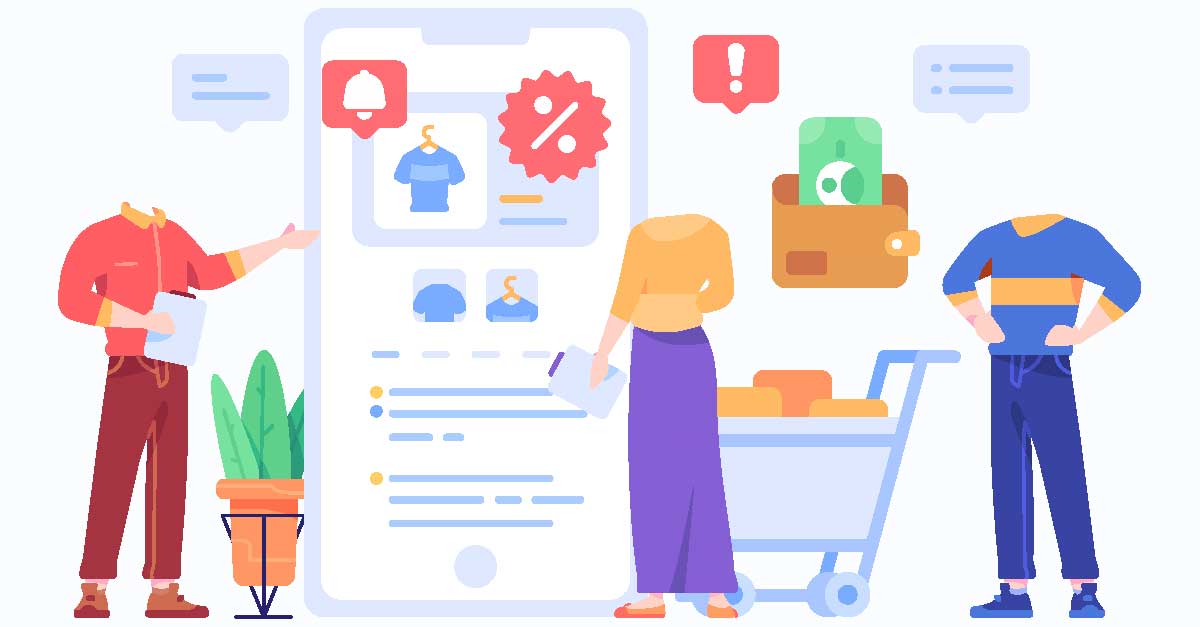At $1.03 trillion, the US market alone witnessed eCommerce sales surpass the 1 trillion-dollar mark in 2022 despite a growing threat of recession looming in the dark. The signs are clear – people aren’t hesitant to spend money, but they will prefer to spend it wisely and save on stuff as much as possible, which is often a trait that online shopping is famous for. But it doesn’t mean that all that a shopper is looking for is a discount. If it was so, then things would be pretty tough as almost all popular eCommerce players keep a close eye and follow quickly on each other’s pricing strategies.
The real competition happens on the experience front, wherein eCommerce brands fight to outdo each other in delivering the most hassle-free and convenient shopping environments for customers. This brings the focus to the underlying technology that enterprises leverage to power their online retail experiences. Today, one of the most prominent names in this regard is headless commerce.
What Is Headless Commerce?
Simply put, headless commerce is an eCommerce solution architecture with the front-end and back-end components decoupled from each other. The customer-facing front-end website or app interface operates independently as a presentation layer from the back-end function layer like payment processing, pricing, security, etc. Using APIs, the front-end layer can interact with multiple back-end services on demand, with no disruption to the user experience.
Let us now look at why modern eCommerce businesses must consider adopting headless commerce to sustain their growth.
Better Control Over Experiences
While the magic happens behind the screens, the front-end experience is what makes most online stores dearer to customers. With headless commerce, online retailers can focus on highly innovative and seamless store experiences by trying out different technologies or platforms without worrying about their compatibility with the back-end functionality.
This is extremely useful in the case of mobile apps wherein front-end customizations are often tricky to accommodate if there are corresponding changes to be made on dependent back-end functions. In the case of headless, this challenge is easily eliminated.
Freedom of Customization
Brands don’t have to stick with a few templates or pre-defined front-end interfaces that come with back-end eCommerce solutions as standard if they adopt headless commerce. They can build their own designs, incorporate design thinking and other user experience-focused innovations into their customer-facing channels, and still work fine with the underlying back-end functions.
Customization of the front-end does come at a higher cost when compared to traditional template-based designs of eCommerce solutions. But the ROI from a user experience and ease of navigation perspective for end users is worth the additional money paid. Besides, brands can launch new website pages or app screens faster into the market without worrying about their compatibility with functionality in the back-end as they would be taken care of by the APIs.
Experience the True Power of Omnichannel Commerce
With headless commerce architecture, online retailers can introduce a new digital channel easily for shoppers and have it customized for web, mobile, or any other smart device compatibility.
Traditionally, this wouldn’t be possible for highly coupled or monolithic eCommerce applications as they would need front-end to back-end validations and re-engineering for every new user experience feature that is to be added over time. This would make it impractical to have a consistent front-end experience that works well with multiple devices in parallel.
Ease of Integrations
If a retailer chooses to go with headless commerce for their eCommerce operations, they can easily onboard new tools or platforms over time to either their front-end or back-end infrastructure. The decoupled nature eliminates the need to check for the compatibility of new tools.
Easy integration and secure API-driven information exchange frameworks promote the safer exchange of data between different back-end services and the front-end website or mobile app. This provides the additional benefit of universal scalability for eCommerce businesses as they can allow continuous iterations in the development of new tech stacks for both their front and back-end experiences without delays.
Different front-end or back-end products can be used to enhance user experience or operational performance without worrying about the whole system working together, as APIs will ensure smooth integration and data exchange.
Conclusion
Headless commerce solutions provide unmatched flexibility and agility for eCommerce businesses by helping to build a highly technology-agnostic digital infrastructure for their online retail operations. But to succeed with headless commerce architecture, brands must also be aware of how to craft the best experiences with different options available to them for front-end and back-end operations. This is where a technology partner well versed in the experience economy can be a critical asset.
Get in touch with us to know how Ignitiv can help your online business take off successfully and reap the benefits of innovative technology like headless commerce.








